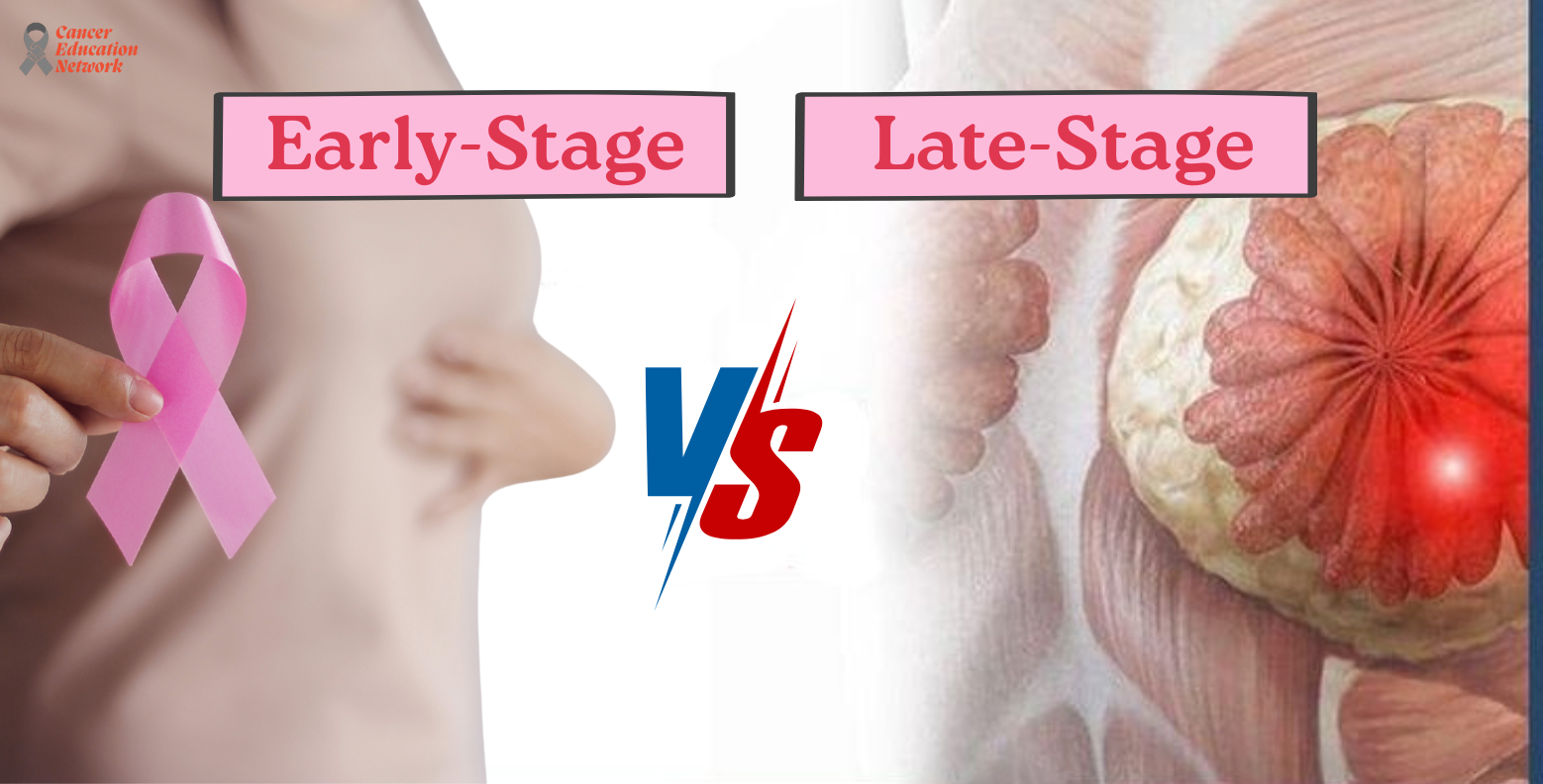Advice from a Prostate Cancer Specialist in Lucknow
Why Prostate Cancer Needs Your Attention Now
Prostate cancer is the most commonly diagnosed cancer in men worldwide. What makes it especially dangerous is not just how common it is — but how quietly it grows, often without any warning signs until it’s advanced.
The tragedy is that prostate cancer is one of the most preventable and treatable cancers, especially when caught early. Yet in India, awareness remains low, and routine screening is rarely done, even in men above 50. This delay in detection often costs lives.
Globally, over 1.4 million men are diagnosed each year, and more than 375,000 die from the disease. In India, the numbers are climbing, particularly in urban, aging male populations. It’s now among the top 10 cancers in Indian men, yet remains underdiagnosed due to lack of routine screening and awareness.
📢 A simple blood test could save your life.
✅ If you’re over 50, or have urinary symptoms or a family history of cancer, talk to a prostate cancer specialist in Lucknow today.
What is the Prostate and Why Can It Become Cancerous?
The prostate is a small, walnut-sized gland located just below the bladder in men. It helps produce the fluid that nourishes and transports sperm. As men age, the prostate naturally enlarges — but sometimes, cells within it begin to grow uncontrollably, forming a tumor.
Prostate cancer risk increases sharply after age 50. A family history of prostate or breast cancer (particularly involving BRCA1 or BRCA2 mutations) significantly raises the risk. Other contributors include obesity, sedentary lifestyle, high-fat diets, and possibly chronic prostatitis or inflammation.
Men of African ancestry, though less common in India, have a higher global risk.
📢 Genes don’t just predict your looks — they can warn about cancer too.
✅ If your father, brother, or close relatives have had prostate or breast cancer, get evaluated by a specialist without delay.
Recognizing the Symptoms of Prostate Cancer
The danger of prostate cancer lies in its subtlety. In early stages, it often produces no symptoms at all. When symptoms do appear, they can easily be mistaken for age-related prostate enlargement or urinary infections.
Here are warning signs you should never ignore:
Frequent urination, especially at night
Weak or interrupted urine stream
Difficulty starting or stopping urination
Blood in urine or semen
Erectile dysfunction
Pain in hips, lower back, or ribs (suggesting spread)
📢 Prostate cancer often hides behind harmless symptoms.
✅ A quick check with a prostate cancer specialist in Lucknow can rule out serious concerns.
How is Prostate Cancer Diagnosed?
Diagnosis begins with two simple, non-invasive steps:
- PSA (Prostate-Specific Antigen) blood test — elevated PSA levels can indicate prostate activity or potential cancer.
- DRE (Digital Rectal Exam) — a physical check to assess the size and texture of the prostate.
If abnormalities are detected, the next step is a multiparametric MRI, which provides detailed imaging of suspicious areas. This is followed by a biopsy, either guided by ultrasound or MRI fusion, to confirm the diagnosis.
If cancer is confirmed, advanced imaging like PSMA PET-CT or bone scans are used to check for spread. The Gleason Score (ranging from 6 to 10) is then used to grade how aggressive the cancer is.
✅ PSA + MRI + Biopsy = Gold standard for diagnosis
Understanding the Types, Grades, and Stages of Prostate Cancer
Most prostate cancers are adenocarcinomas, which arise from the glandular tissue. Rare types include small cell or neuroendocrine tumors, which tend to be more aggressive.
The Gleason score helps assess how dangerous the cancer is:
- Score 6: Low-grade, slow-growing
- Score 7: Intermediate risk (3+4 or 4+3)
- Score 8–10: High-grade, fast-growing and more likely to spread
Staging is done using a combination of tumor size, lymph node involvement, PSA levels, and spread to distant organs:
- Stage I: Tumor confined to the prostate, low PSA
- Stage II: Still within prostate, but higher PSA or Gleason
- Stage III: Tumor has grown beyond the prostate capsule
- Stage IV: Cancer has spread to lymph nodes, bones, or distant organs
Treatment Options: Tailored by Stage and Risk
Treatment is not one-size-fits-all. It depends on the stage, Gleason score, PSA level, age, and the patient’s overall health and preferences.
🟢 Stage I–II (Localized Cancer)
Early-stage prostate cancer is highly curable.
Options include:
- Active Surveillance for low-risk cancers: PSA monitoring and repeat MRIs
- Radical Prostatectomy: Complete removal of the prostate (done via open, laparoscopic, or robotic methods)
- Radiation Therapy: External beam (IMRT/IGRT) or internal brachytherapy
Survival rates for early-stage prostate cancer are over 90% at 10 years when treated appropriately.
🟠 Stage III (Locally Advanced)
Here, cancer has started to spread beyond the prostate.
Treatment options:
- Radiation + Hormone Therapy (ADT) for 6 months to 3 years
- Surgery in select patients followed by adjuvant radiation
- PSMA PET-CT helps in fine-tuning the staging and treatment plan
🔴 Stage IV (Metastatic Cancer)
At this stage, the goal is to control the disease, relieve symptoms, and prolong survival.
Treatment includes:
- Androgen Deprivation Therapy (ADT) — either through injections or surgical removal of testicles
- Advanced hormonal therapies like Abiraterone, Enzalutamide, or Apalutamide
- Chemotherapy, especially Docetaxel, is useful in patients with high-volume disease
- Targeted therapies like Olaparib are used in patients with BRCA mutations
- Radiopharmaceuticals like Lutetium-177 PSMA therapy are now available for advanced cases
- Immunotherapy options are being explored for specific subtypes like MSI-H or dMMR tumors
📢 Don’t treat just the symptoms — treat the biology.
✅ Ask your prostate cancer specialist in Lucknow about precision medicine and latest options.
The Role of Targeted Therapy and Immunotherapy
Modern prostate cancer treatment is moving toward personalized care. If your tumor has a BRCA1 or BRCA2 mutation, PARP inhibitors like Olaparib offer a new line of defense.
Lutetium-177 PSMA therapy, a form of targeted radiotherapy, has shown excellent results in controlling metastatic disease with fewer side effects.
In rare cases where tumors have MSI-H/dMMR characteristics, immunotherapy with drugs like Pembrolizumab can be highly effective.
✅ Molecular profiling and PSMA imaging are now standard of care in advanced prostate cancer.
Screening and Prevention
Who Should Get Screened?
- Men over 50
- Men over 40 with a family history of prostate or breast cancer
- Men with known BRCA mutations or high-risk ethnic backgrounds
How to Screen?
- Annual PSA test
- Digital rectal exam (DRE)
- MRI-guided biopsy if any abnormalities are found
Prevention Tips:
- Eat a heart-healthy, plant-rich diet
- Cut back on red meat and dairy
- Exercise regularly
- Maintain a healthy weight
- Quit smoking and limit alcohol
Final Note: Don’t Let Silence Be Your Strategy
Prostate cancer doesn’t always shout. Sometimes it creeps in silently, masked as aging or a harmless urinary complaint. But when caught early, it is one of the most curable cancers.
Thanks to advancements in diagnostics, imaging, surgery, radiation, targeted drugs, and supportive care, men today have more options and better outcomes than ever before.
👉 Don’t ignore your symptoms
👉 Don’t fear a PSA test
👉 Don’t self-treat urinary issues — get evaluated by an expert
📢 If you’re over 50, you owe it to yourself to check your prostate.
✅ Talk to a prostate cancer specialist in Lucknow today. Your life may depend on it.
Book Your Prostate Cancer Evaluation Today
If you or someone you love is experiencing urinary issues, has an elevated PSA, or concerns about prostate enlargement:
🔵 Consult a trusted prostate cancer specialist in Lucknow for accurate diagnosis, staging, and world-class, evidence-based treatment planning.












